Endoscopic Management of Polyps and Early Malignancy
- Endoscopic full-thickness resection has been successfully performed for the treatment of gastric tumors invading deep into the gastric wall.
- Endoscopic submucosal dissection is emerging as a consideration for colorectal polyps greater than 2 cm in size owing to higher en blocresection rates and fewer local recurrences than endoscopic mucosal resection.
- Advanced endoscopic resection techniques, including endoscopic submucosal dissection, are becoming more widespread as global expertise develops.
- A combination of endoscopic resection and radiofrequency ablation is effective for nodular high-grade esophageal dysplasia.

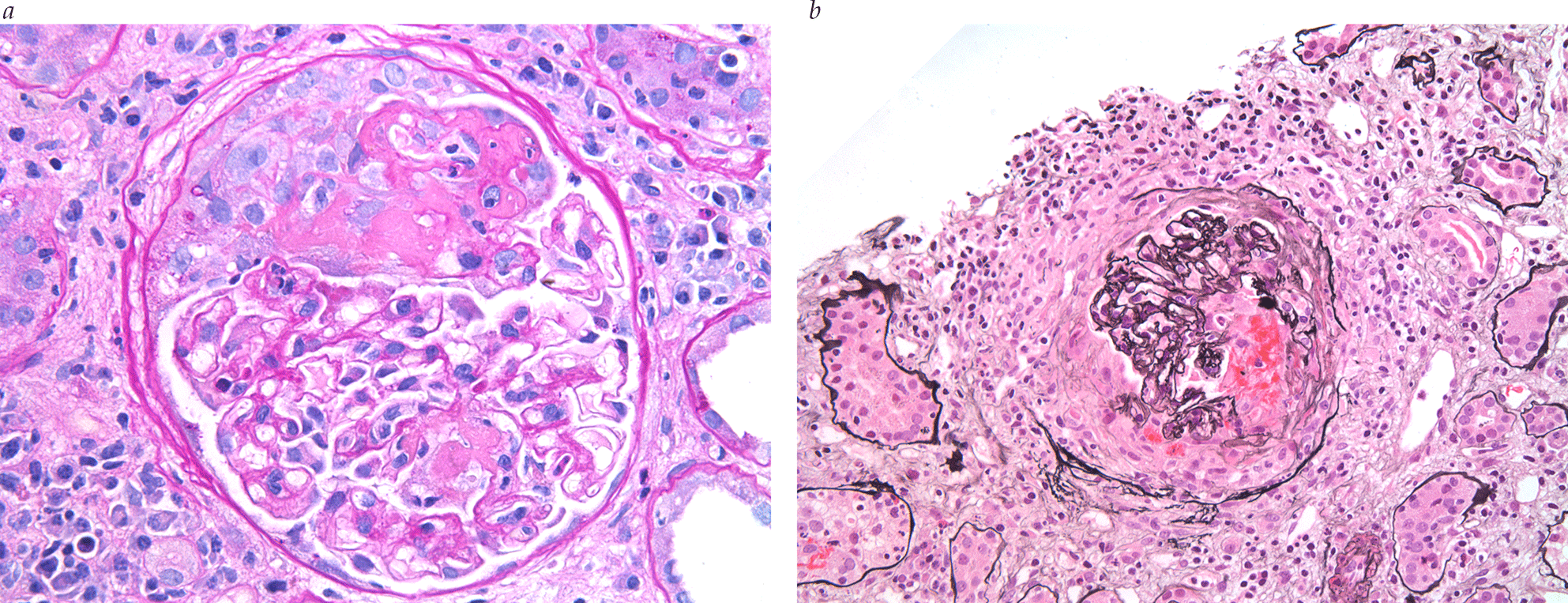
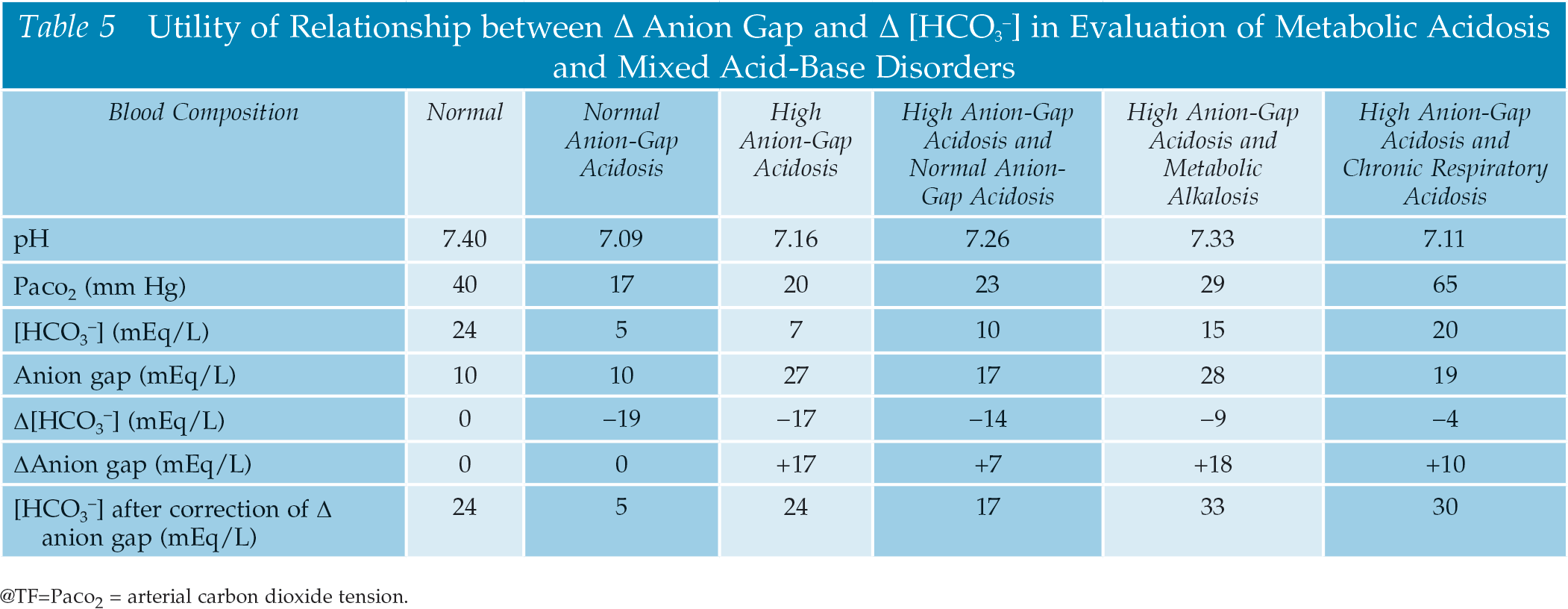
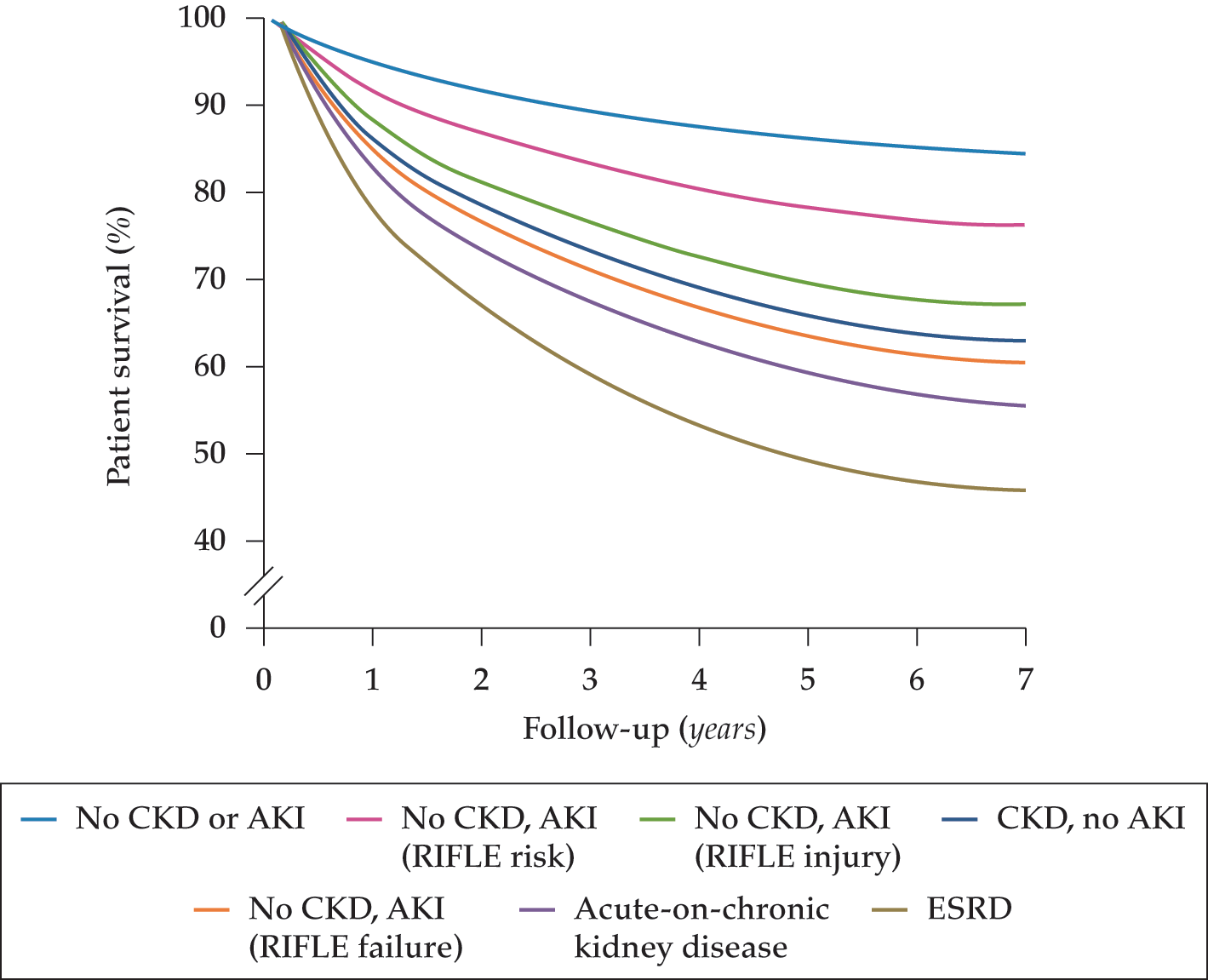

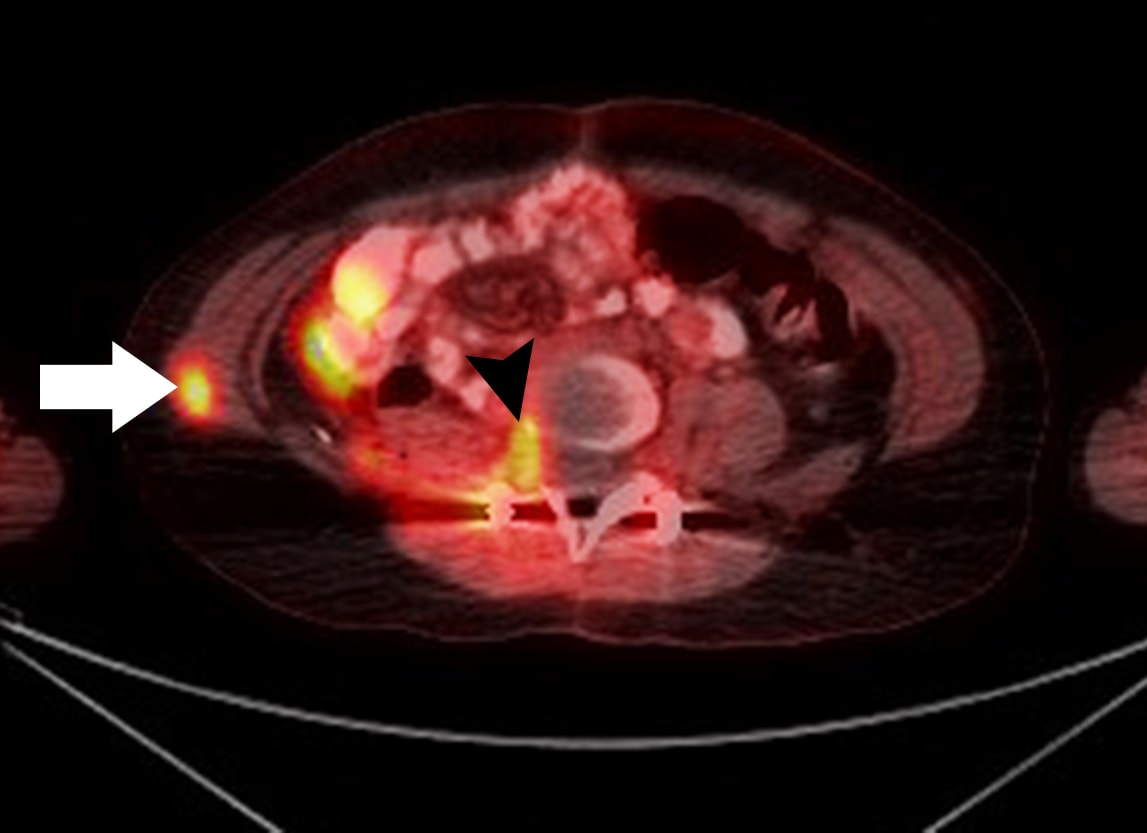
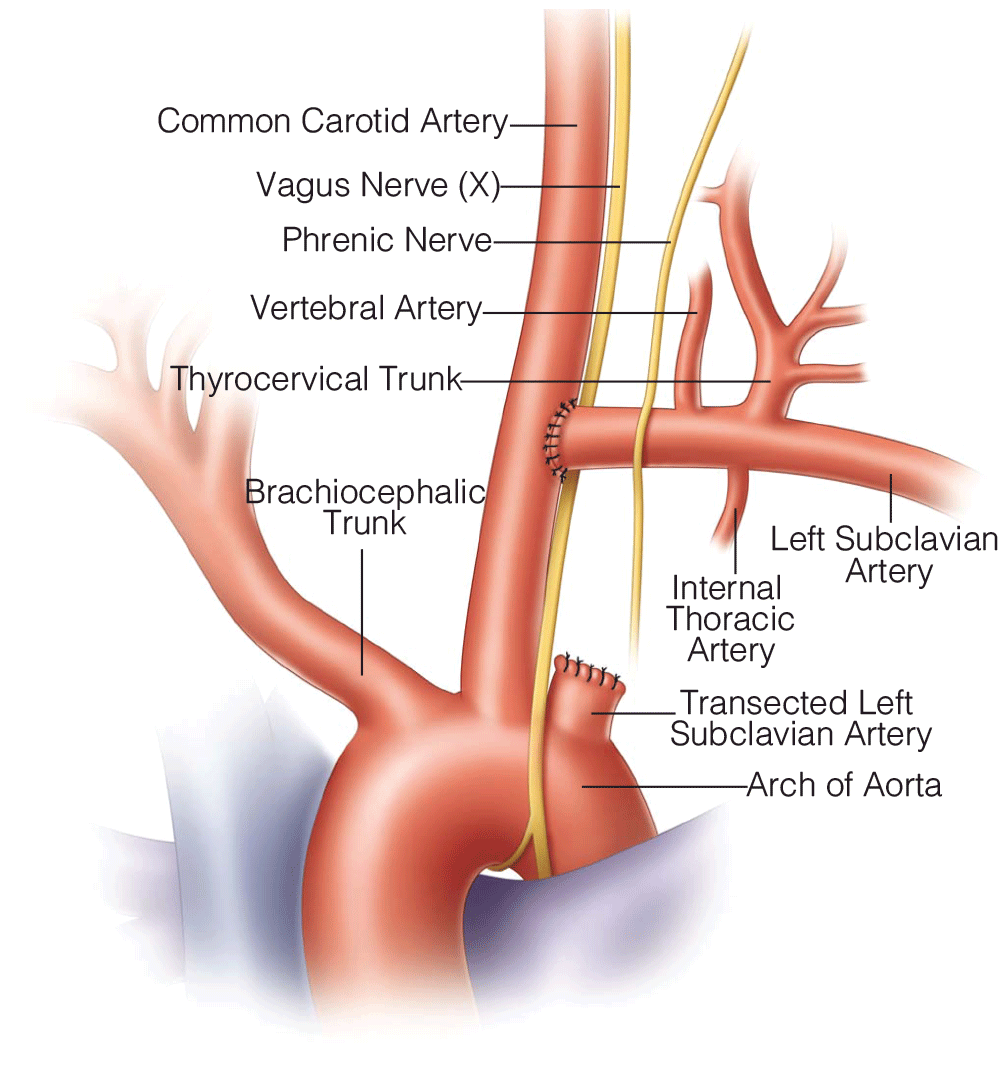


.png)







